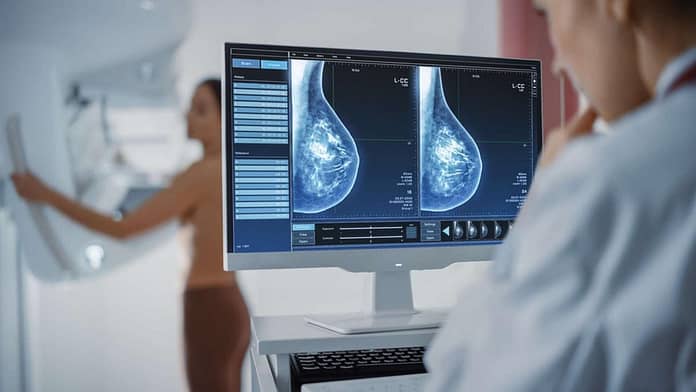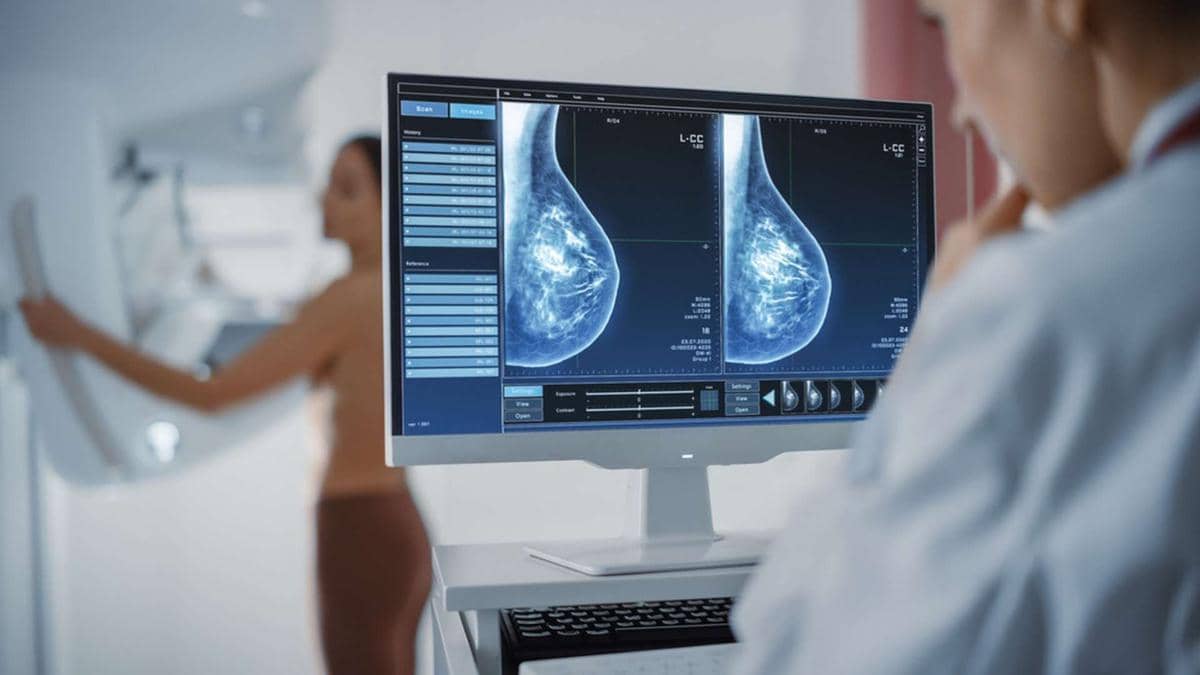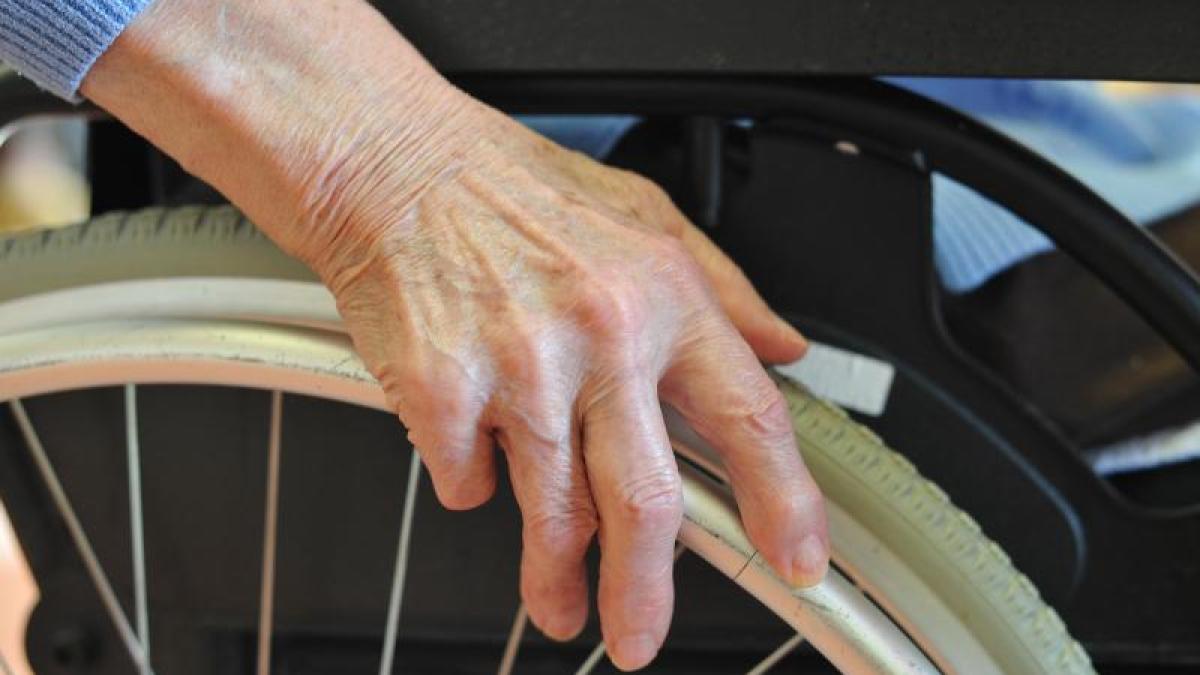What is the structured breast cancer screening program? The question, if it seems absurd, is legitimate insofar as participation rates have continued to decline since 2011. The health crisis has not helped matters as this participation is still losing 3.5% over the 2019/2020 period.
This program, intended for women aged 50 to 74 without risk factors other than age, is simply one of the most effective ways to combat the disease. The numbers speak for themselves: while the 5-year survival is 99% for those diagnosed with early-stage cancer, it is only 26% for early-stage cancer.
But survival isn’t the only thing to consider. Quality of life during illness is also important. Results of a study reported by the National Cancer Institute (INCa) show that women who resorted to structured screening received less aggressive treatments right away and were less likely to have sequelae than those who resorted to mammograms performed as part of an individual screening or clinical diagnosis.
“We are seeing more conservative surgeries (82% for women whose cancer is detected during structured screening versus 70% during individual screening or clinical diagnosis) and less chemotherapy (34% in structured screening versus 53% in single screening/clinical diagnosis),” INCa explains.
Remember that women between the ages of 50 and 74 are encouraged to have a mammogram every two years. This is accompanied by a clinical examination by a radiologist.








